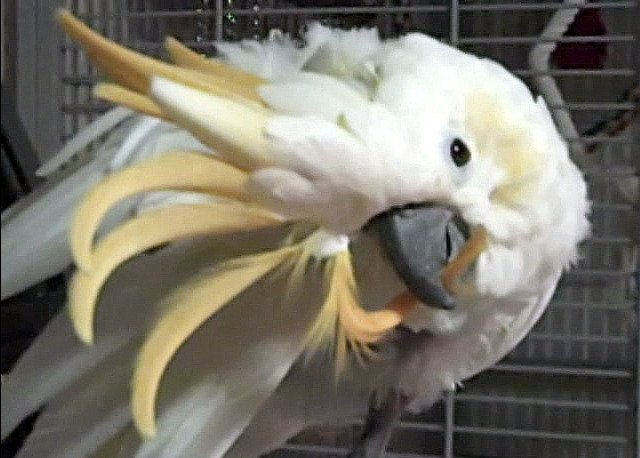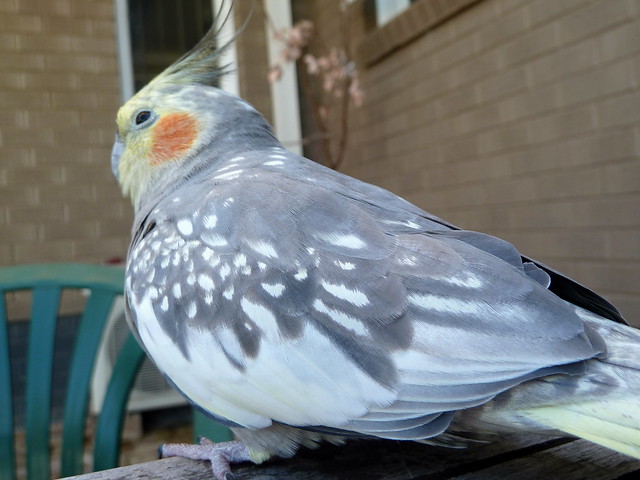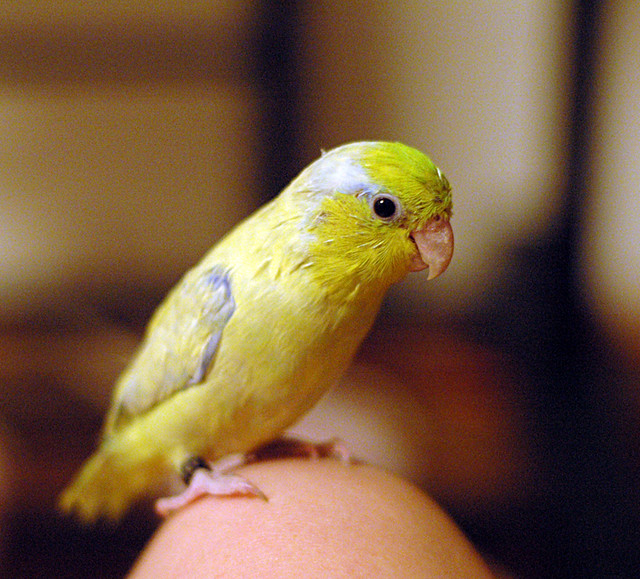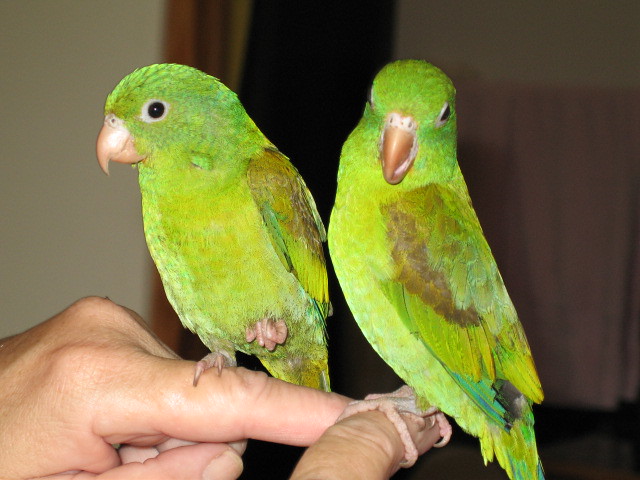 |
| Photo by Makuahine Pa’i Ki’i |
Training a cockatoo is very hard to do because it requires the owner to have patience and more passionate while teaching them you want to do from them. The best thing about these birds that they are not talkative just like parrots but they love to dance always and done a lot of things in their cage. While they are in the cage you should be careful for them because they are known as a keen chewer, so be sure that your cage for them was enough to be strong so that they will not out for their cage.
Choosing the best cockatoo  is not as hard as what other pet to pick. They are just usually like parrots. But the good thing about this bird is that they are more colorful rather than the other species of birds. It has a long span of living and they are just like human being that can live for about sixty to seventy years of age. The will of companionship and affection would a desire to long live these birds. The need to have a truly feel safe for them always and do whatever is crucial to maintaining the chook in beneficial health and fitness.
is not as hard as what other pet to pick. They are just usually like parrots. But the good thing about this bird is that they are more colorful rather than the other species of birds. It has a long span of living and they are just like human being that can live for about sixty to seventy years of age. The will of companionship and affection would a desire to long live these birds. The need to have a truly feel safe for them always and do whatever is crucial to maintaining the chook in beneficial health and fitness.
It is best to have at least two cockatoos in your home so that if you were not being able to devote so much of your time for them and attention. They could develop bad habits if they were bored with themselves such as screeching and feather plucking. By having two of these will help prevent bad habits from developing by a bored bird. It is important also to have an exercise and play with them every day for their physical health. They are just extraordinary playful that it would play all day with just a little rest of time.
|














